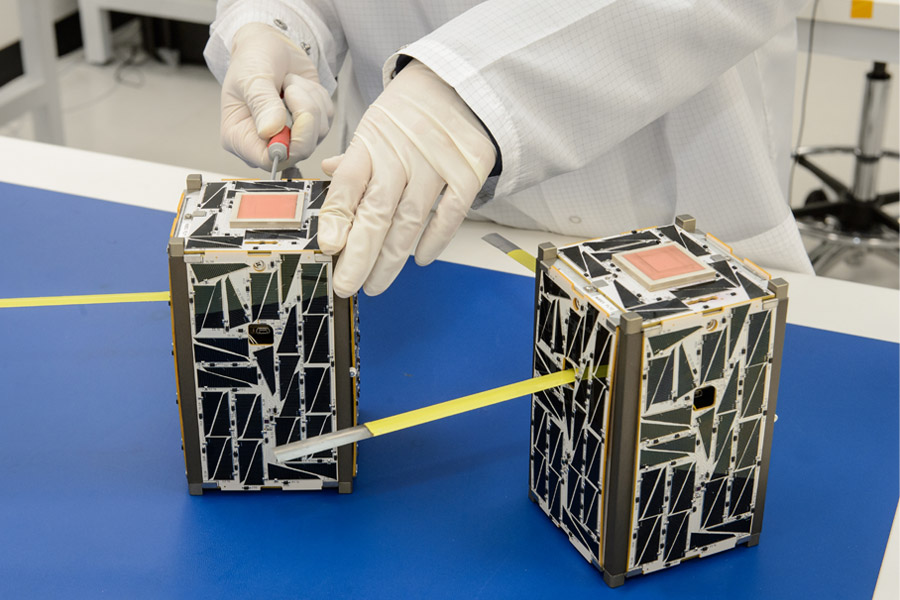History of the 1st Small Satellite Launch
23rd Mar 2020
The first artificial Earth satellite was launched on 4th October 1957. The USSR needed to get ahead of the USA in the space race at any cost. However, this rush did not do the Soviet Union any favours.
The USSR’s small satellite was slightly longer than 50 cm and weighed 84kg. It stayed in orbit for only 3 months, having managed 1,440 spins. Its launch had more political importance than a practical one, unlike the American Explorer-1, launched on 1st February 1958, just three months after the Soviet satellite.
Explorer-1 weighed only 8 kg (excluding its 4th stage), was launched much higher than the Soviet device, and stayed in orbit for 12 years. Explorer-1 also made a scientific discovery — the proton radiation belt of the Earth.
Following the United States, France, Italy, Japan, China, and the UK successfully launched their small satellites during 1965-1971. Telecommunication satellite Prospero-3 became the first (and the last) device launched as part of the British space program. In 1971, this program was cancelled, and in 1980 the United Kingdom joined the European Space Agency. It is still part of the organization, along with 22 other countries.
CubeSat small satellite launcher era
The beginning of the 21st century was remarkable not only due to the creation of the first private aerospace companies of Elon Musk and Jeff Bezos but also by the creation of CubeSats, micro- and nano-satellites. The latter ones have a standard size proposed by scientists from the Stanford and California universities. The main feature of CubeSats is their fixed dimensions. That is, 1U cube (unit) is a spacecraft measuring 10x10x10 cm, 2U is already two cubes (10x10x20 cm), 3U — 10x10x30 cm. So far, the maximum limit is 12U, and the most common modifications are 1U, 3U, and 6U.
Standardization and making satellites smaller allowed to increase their number in orbit. In the second decade of the 21st century, the creation of CubeSats migrated from universities to private aerospace companies, many of which, along with the production of satellites, also create ultra-light launch vehicles. A small satellite launcher allows private companies to offer their customers a full cycle of services — from manufacturing a small satellite launcher to its launch into orbit.






Thank you for your comment! It will be visible on the site after moderation.